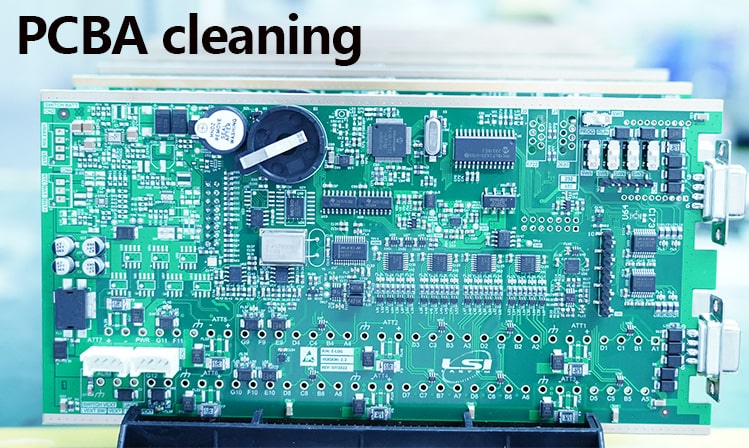Why should PCBA be cleaned?
Why should PCBA be cleaned?
What we want to share with you today is about PCBA cleaning, which affects the reliability and quality of the PCBA directly.
One of the main causes of most PCBA failures is contamination. Even tiny contaminants can form a barrier between contacts and components. Modern PCBAs are typically small, multi-layer, complex designs with bottom-terminated components such as BGA, CSP, MLF, QFN, and D-Pak.
The new designs make effective cleaning more challenging, and removing contaminants under and around closely spaced components can be quite difficult.
If not cleaned properly, the PCBA may malfunction in actual use. Therefore, cleaning is crucial to ensure trouble-free product performance.

Cleaning method:
When it comes to PCBA cleaning, PCBAMake has a variety of ways to clean PCBA, such as automated cleaning and the latest dry ice cleaning...
The automated cleaning process includes three methods: water cleaning, semi-aqueous cleaning and solvent cleaning. Dry ice cleaning is the latest cleaning technology, which uses the impact force and temperature difference of solid carbon dioxide (dry ice) particles to clean the surface of PCBA.
Different cleaning method is suitable for different product and processes, and every one has its own advantages. No matter what kind of cleaning method, the ultimate goal is to clean the PCBA thoroughly.
The difference between PCB and PCBA cleaning
PCB is usually an unassembled circuit board. The main purpose of cleaning is to remove surface contaminants and residual manufacturing process by-products, such as solder paste, ink, dirt, etc.
PCBA is a circuit board that has been assembled. The purpose of cleaning is not only to remove surface contaminants, but also to ensure that the cleaned circuit board will not affect the performance and reliability of electronic components. The cleaning method is more complicated than that of PCB.
In general, PCB cleaning mainly targets surface contamination of exposed circuit boards, while PCBA cleaning is more complex and requires consideration of the sensitivity and assembly characteristics of electronic components, as well as the impact on product performance after cleaning. The purpose and method of cleaning are different.
We hope the content shared today will be helpful to you. Feel free to contact us for any questions.







